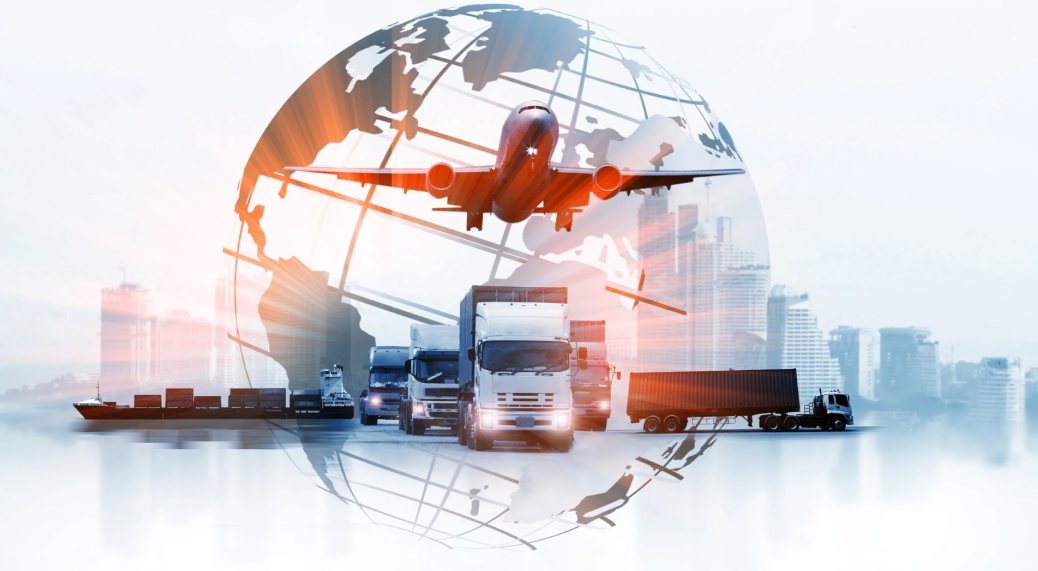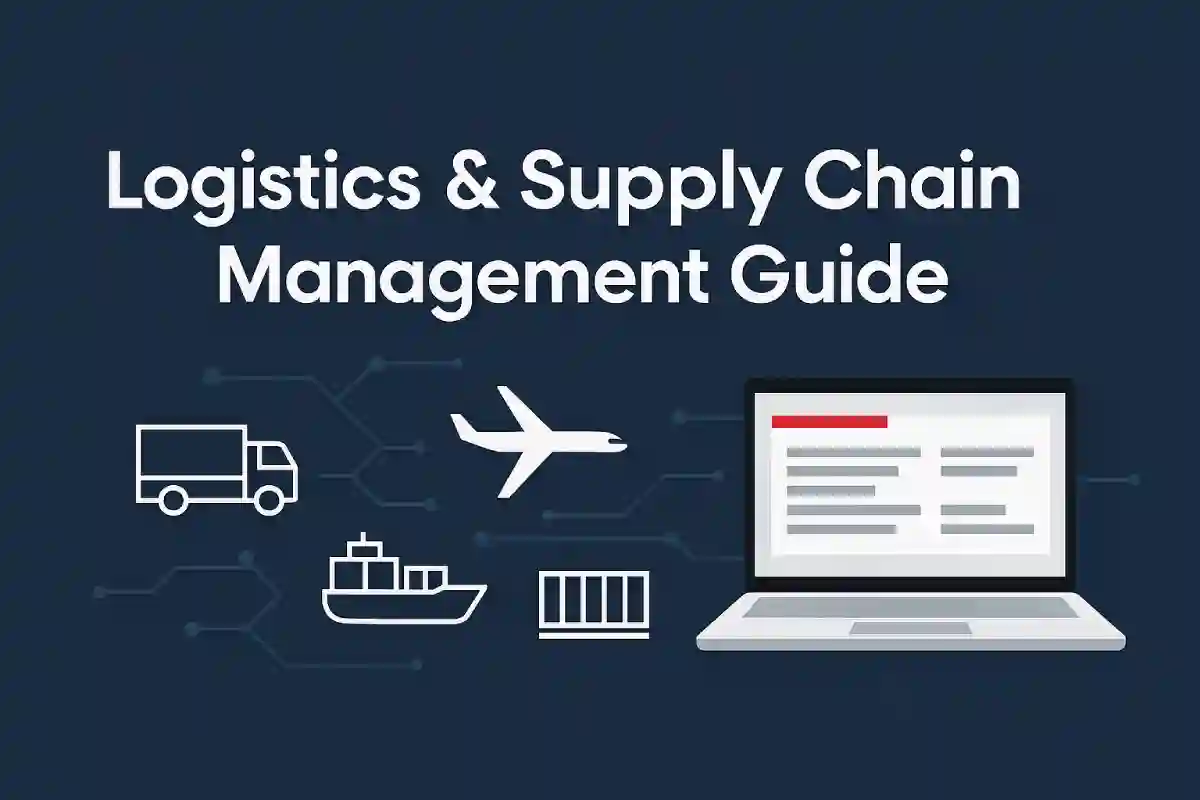.webp)
International shipping isn’t as simple as loading cargo onto a truck or vessel and sending it off. Behind every successful cross-border delivery is a carefully coordinated series of steps—each with its own regulations, risks, and documentation requirements. This is where freight forwarding plays a vital role.
A professional freight forwarder doesn’t just manage transport; they act as an orchestrator across carriers, customs, warehouses, and borders to ensure your goods move efficiently and compliantly. In this article, we’ll break down each stage of the freight forwarding process, from initial inquiry to final-mile delivery.
Step 1: Shipment Inquiry & Planning
Every shipment starts with an inquiry: cargo type, weight, dimensions, Incoterms, and destination. At this stage, the forwarder provides a pricing estimate—including carrier rates, surcharges, and handling fees—along with estimated transit times, documentation requirements, and customs guidance.
Forwarders then tailor an optimal route and mode mix—sea, air, road, rail, or a combination—while factoring in trade lanes, seasonal peaks, and geopolitical disruptions like rerouting around the Red Sea.
For instance, ocean rates on the Asia–US West Coast recently surged 3% to $2,462 per FEU, with potential peaking at $8,000 due to equipment shortages and route changes. Such volatility makes early planning crucial.
Step 2: Cargo Pickup & Consolidation
Once the quote is accepted, the forwarder arranges first-mile transport—often via trucking from the shipper’s facility to a consolidation warehouse or terminal. For smaller shipments, cargo may be grouped into a Less-than-Container Load (LCL) to optimize space and cost.
Key consolidation benefits:
• Lower per-unit shipping cost from shared space
• Reduced carbon footprint through fewer trucks and trips 
• Enhanced cargo security due to fewer handling points
In this phase, forwarders organize trucking or courier pickups, issue transport instructions to local carriers, prepare goods through labeling, palletizing, and weighing for consolidation, and ensure compliance with any required pre-shipment inspections.
If warehousing is required, some forwarders offer temporary storage or cross-docking before international shipment.
Step 3: Export Customs Clearance
Before cargo can leave its country of origin, it must be declared to local customs. This involves submitting specific documentation—typically including a commercial invoice, packing list, and bill of lading (or airway bill for air freight).
Licensed customs brokers—or the forwarder themselves—classify goods using Harmonized System (HS) codes, submit electronic export declarations, handle any necessary duties, licenses, or certifications, and liaise with customs officers in case of inspections.
Failure to clear customs at this stage can lead to delays or penalties—making this a critical milestone.
Step 4: International Transport
With customs cleared, cargo moves through international shipping—either by vessel, aircraft, train, or multimodal combinations. The forwarder coordinates all transport legs and manages the physical movement of goods.
During this stage, the forwarder books cargo space with shipping lines or airlines, provides tracking updates, manages transshipments and handoffs between carriers, and ensures all carrier documents are properly prepared for port authorities.
For high-value or time-sensitive cargo, many forwarders provide insurance, GPS tracking, and cargo visibility platforms for real-time updates.
Step 5: Import Customs & Border Clearance
Upon arrival in the destination country, the process essentially repeats—now in reverse. Import customs procedures are typically stricter and vary by country. The forwarder ensures full compliance to avoid delays at port or airport.
This includes:
- Submitting import declarations and duties
- Coordinating with local customs brokers
- Managing inspections, storage, or port handling charges
- Resolving any documentation mismatches or classification disputes
In markets like the EU or U.S., documentation mistakes can cause multi-day holds and penalties—so accuracy and timing are key.
Step 6: Final-Mile Delivery
Once customs are cleared, the forwarder arranges final-mile delivery. This could be via local trucking, courier services, or even intermodal rail depending on the destination and cargo size.
This final step involves:
- Scheduling delivery windows with the receiver
- Transferring proof of delivery (POD)
- Closing out any remaining documentation
- Archiving shipment records and compliance data
For many businesses, this is the only visible part of the shipment—but it’s supported by dozens of behind-the-scenes touchpoints managed by the forwarder. Effective coordination during final‑mile delivery helps to cut delays to a minimum, as real-time visibility and strong local partnerships smooth the last stage of the journey.
Why This Process Matters
Each phase of the freight forwarding process is an opportunity to either gain efficiency or encounter risk. That’s why experienced freight forwarders don’t just “move cargo”—they manage documentation, compliance, relationships, and resilience. Their ability to pre-empt disruptions (like tariff changes or weather delays) can mean the difference between smooth delivery and costly setbacks.
In an increasingly digital industry, forwarders that provide visibility, real-time tracking, and document automation add even more value to the end-to-end journey.




